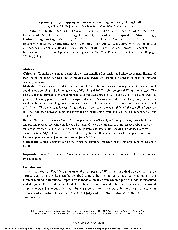摘要
Objective To make a quantitative analysis between sampling frequencies and micro- movement distance of mark points on tooth surfaces, and to provide a reference for sampling frequency settings of intraoral scanning systems. Methods Mark points affixed to the incisors of five subjects. In total, 3600 groups of tracking point coordinates were obtained with frequencies of 60, 150 and 300 Hz using an optical 3D tracking system. The data was then re- sampled to obtain coordinates at lower frequencies (5, 10, 15 and 20 Hz) at equal intervals of groups of tracking point coordinates. Change in distance (Delta d) was defined as the change in position of a single v from one sampling time point to another, and was valued by clinical accuracy requirement (20- 100 mu m). The curve equation was fit quantitatively between Delta d median (M) and the sampling frequency (f). The difference between upper and lower incisor mark points were analyzed by a non- parametric test; alpha=0.05. Result When the frequency (f) was 60 Hz, upper jaw Delta d median (M) and interquartile (Q) were 14.4 mu m and 9.2 mu m, respectively, while the lower Delta d(M) and (Q) were 6.4 mu m and 10.2 mu m, respectively. Every Delta d value was less than 100 mu m, while 74% of Delta d vales were less than 20 mu m. Delta d(M) and f satisfy the power curve equation: Delta d(M) = 0.526xf(0.979)(f is an element of[5,300]). Significant differences of incisor feature points were noted between upper and lower jaws of the same subject (P < 0.01). Conclusion Clinical accuracy can be met when the sampling frequency of the intraoral scanning system is 60 Hz.
